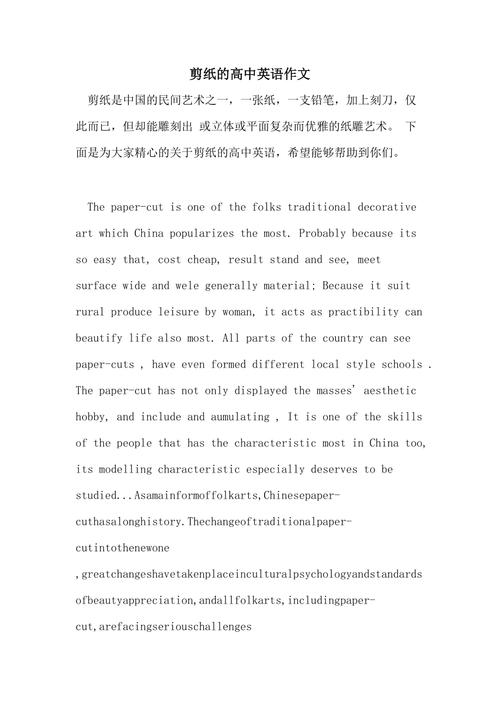1.CulturalInfluences
The Formation and Development of Art
Art has been an integral part of human civilization since ancient times, evolving and transforming through various periods and movements. The formation and development of art can be attributed to several key factors:
Art is often a reflection of the culture and society in which it is created. Different cultures and historical periods have produced unique art forms that are influenced by their beliefs, values, and traditions. For example, the Renaissance period in Europe saw a revival of classical art and humanism, leading to the creation of masterpieces by artists like Leonardo da Vinci and Michelangelo.
Technological advancements have played a significant role in the development of art. The invention of new tools and materials has allowed artists to experiment with different techniques and styles. For instance, the invention of oil paint during the Renaissance revolutionized the way artists could create depth and realism in their works.

Social and political movements have also influenced the course of art history. Art has been used as a tool for expressing dissent, advocating for change, and reflecting the struggles of marginalized groups. For example, the Dada movement emerged in response to the horrors of World War I, challenging traditional notions of art and society.
At the heart of art is individual creativity and expression. Artists bring their unique perspectives and experiences to their work, pushing the boundaries of what is possible and creating new forms of artistic expression. From the surrealism of Salvador Dali to the abstract expressionism of Jackson Pollock, artists have continually redefined the possibilities of art.
In the modern era, globalization has led to increased cultural exchange and the blending of artistic traditions from around the world. Artists today have access to a wealth of influences and inspirations, leading to a rich tapestry of diverse artistic styles and movements.
To further explore the formation and development of art, consider the following recommendations:
- Study art history to gain a deeper understanding of the evolution of artistic styles and movements.
- Visit museums, galleries, and exhibitions to experience art firsthand and engage with different artistic perspectives.
- Experiment with different artistic mediums and techniques to discover your own unique artistic voice.
- Engage in discussions and debates about art to broaden your knowledge and appreciation of the diverse art forms that exist.
- Support emerging artists and art communities to contribute to the continued growth and evolution of art.
By exploring the rich history and diverse forms of art, we can gain a greater appreciation for the ways in which art shapes and reflects our world.
